When most people think about thrifty living they automatically think of frugality: cutting costs and counting the pennies. But thrifty living is about far more than that. Of course, not paying too much for things you buy is important, as is making your existing possessions work harder by upcycling or repurposing them. But one of the things I’ve not mentioned on the blog before is making the most of your assets – and this is one of the most important ideas in thrifty living. 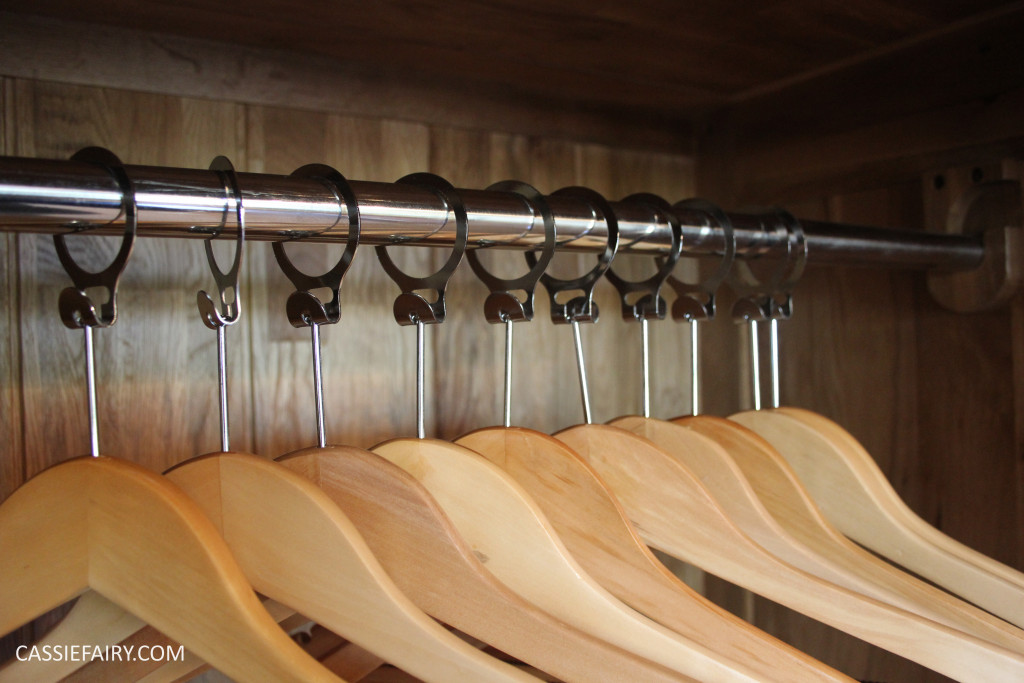 One huge asset that many people do not do much with is their home. This is surprising because your house is your biggest and most costly asset to maintain, so using it wisely can make a huge difference to your long-term financial future. Renting it out for holidays, short-term lets or even just getting a lodger can enables you to build up a good level of savings, and will have the cash ready for the next time you want to update your home.A potentially tax-free income
One huge asset that many people do not do much with is their home. This is surprising because your house is your biggest and most costly asset to maintain, so using it wisely can make a huge difference to your long-term financial future. Renting it out for holidays, short-term lets or even just getting a lodger can enables you to build up a good level of savings, and will have the cash ready for the next time you want to update your home.A potentially tax-free income
If you have a spare room, you can usually rent it out. In many countries, you can keep much of the money you generate. If you live in the UK, the first £7,500 you earn from renting out a furnished room in your home is tax-free. This allowance is part of the Rent a Room Scheme, which you can find out more about on the gov.uk Rent a Room page.
How much can you make?
How much you can make from renting out a room varies widely. If demand for accommodation is high, you can charge quite a lot for a basic room. For example, in London the average room rent works at around £770 per month, so you can actually make a lot of money by clearing out the spare room and renting it out. Alternatively, you can rent it out by the night using a service such as Air BnB, and choose when you want want rent the room and when you want to keep your home for yourself.
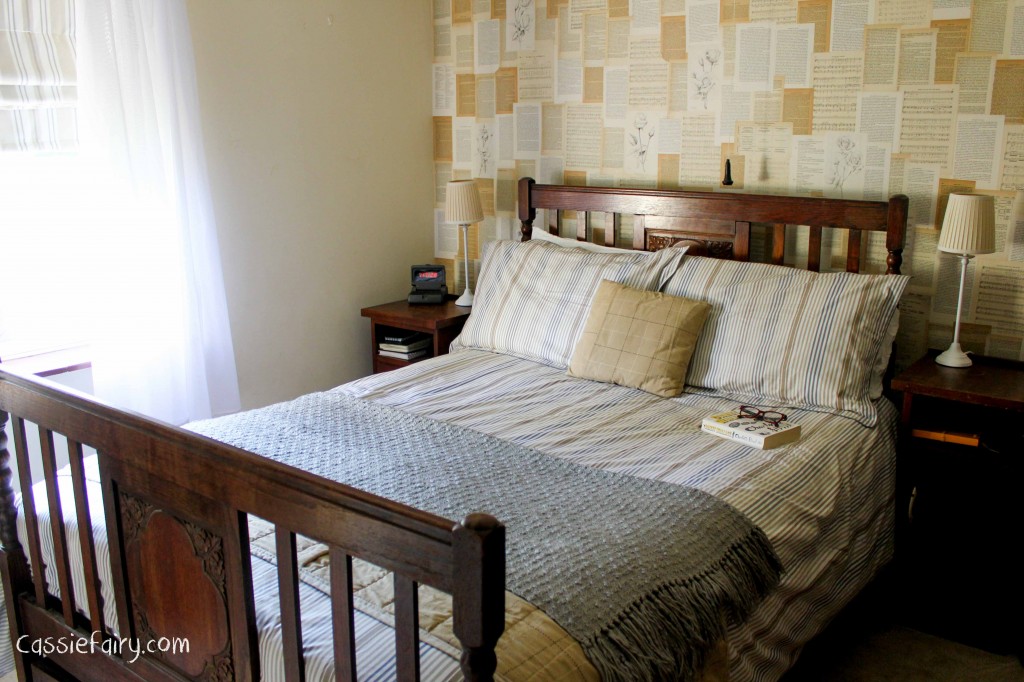
Potential overheads
However, it is important to realise that there are costs involved. With more people using your home, your fuel and water bills are going to go up. You also need to look for and consider hidden costs. For example, wear and tear of furniture, and the fact you may have to pay some capital gains tax when you sell your home. You’ll need to look into insurances too – how will having a lodger affect your existing policies, and do you need special cover?
Preparing the room
If you want to attract and keep tenants the room needs to be decorated to a high standard. A coat of paint on the walls and some new flooring are both a good idea. A friend of mine recently used laminate flooring when decorating their own spare bedroom. I was rather impressed, so much so that I’m using laminate in my own home. It looks really fresh and is easy to keep clean – no need to worry about new carpets being ruined by spills!You may also need to invest in some new furniture. It need not be expensive, but it should be modern, comfortable, and fit for purpose. Often, cutting corners when you decorate a room to rent out turns out to be a false economy; if you put your tenant on a thin, lumpy mattress, they will soon leave.
Of course, making money from a spare room is not for everyone. However, it is a potential source of additional income that you should at least consider tapping into. Whether it’s just for one or two nights at a time, or a short 12-week lease, it’s an extra bit of cash that you could make from a room you’re not even using. Of course, ALWAYS be safe and stay cautious, and only rent out a room through the official channels (estate agents, Air BnB, gov.uk etc) to someone you’re happy with.
This blog post is an advertisement feature that has been written in collaboration with a sponsor. The pink links in this post indicate a sponsored link 🙂
















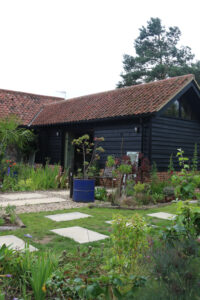


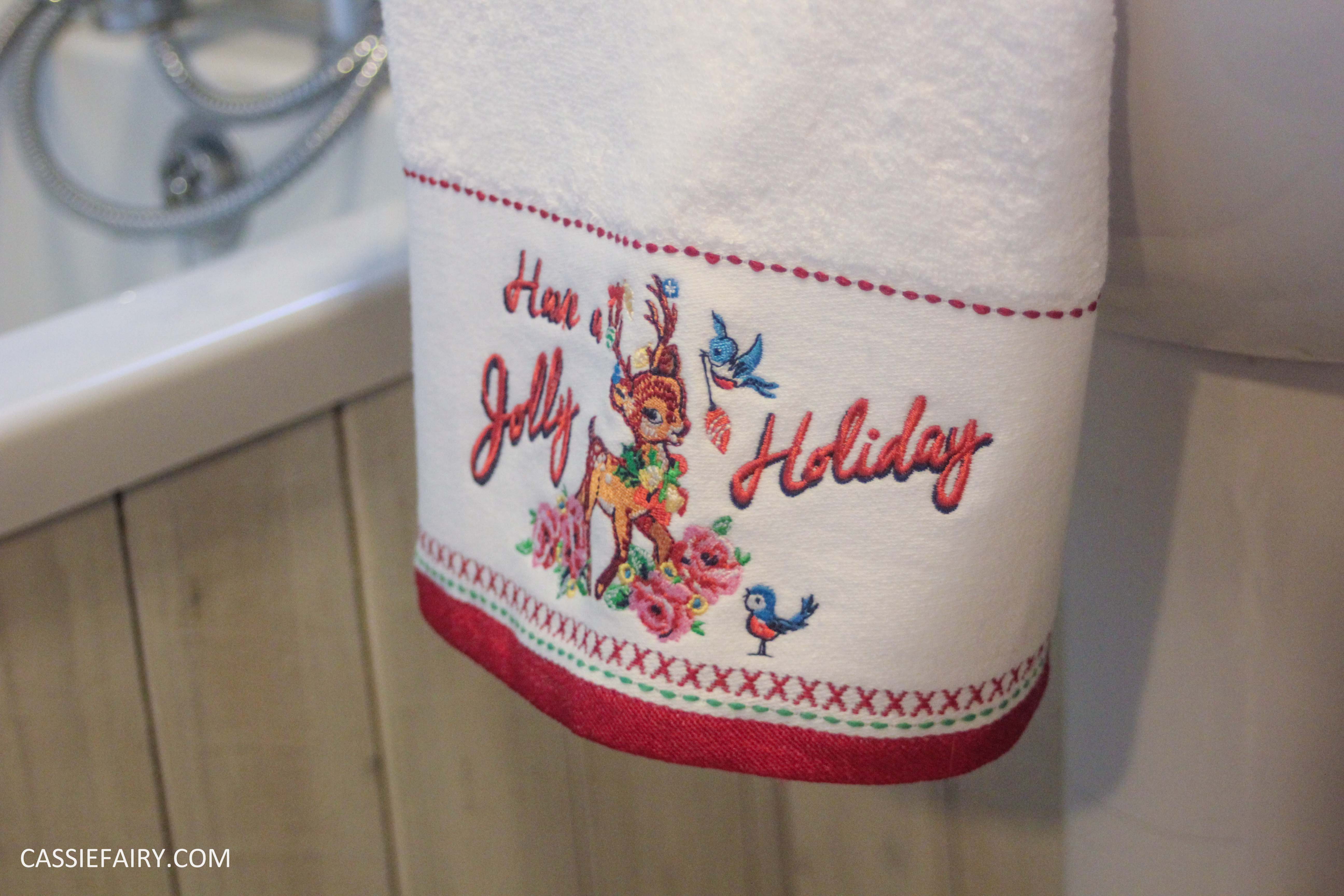
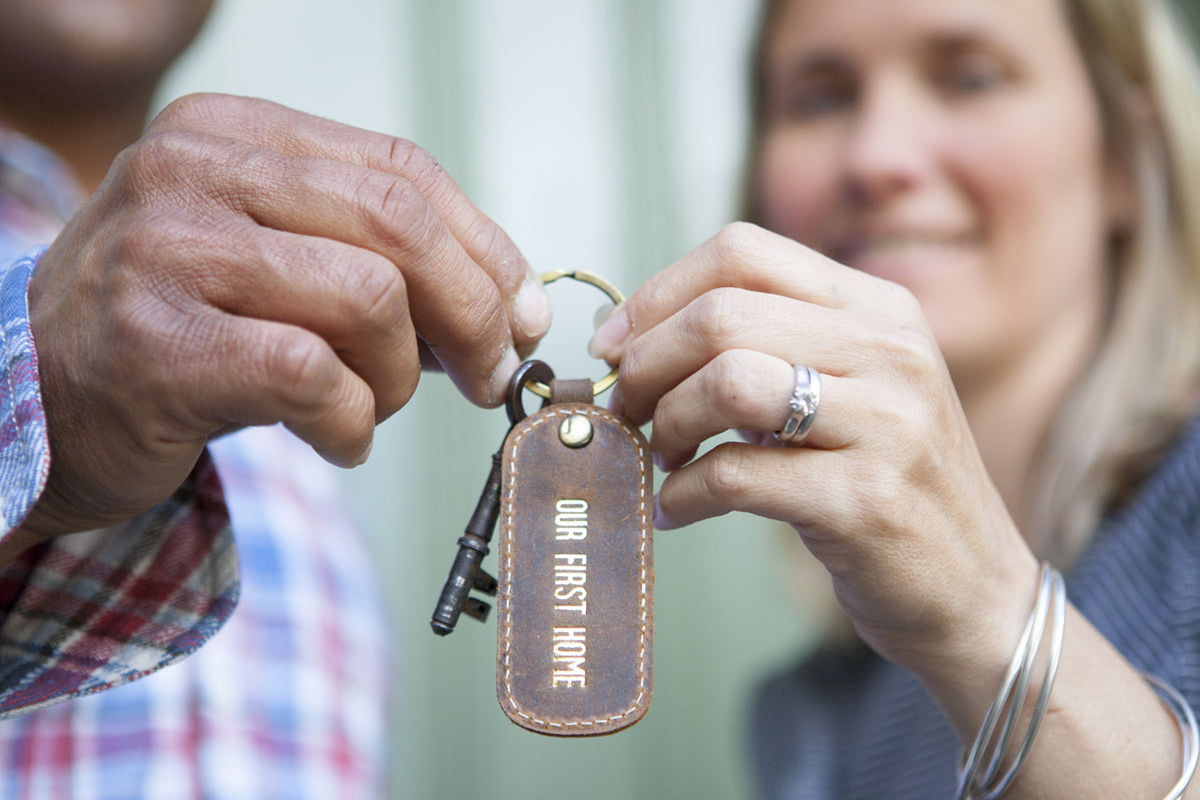
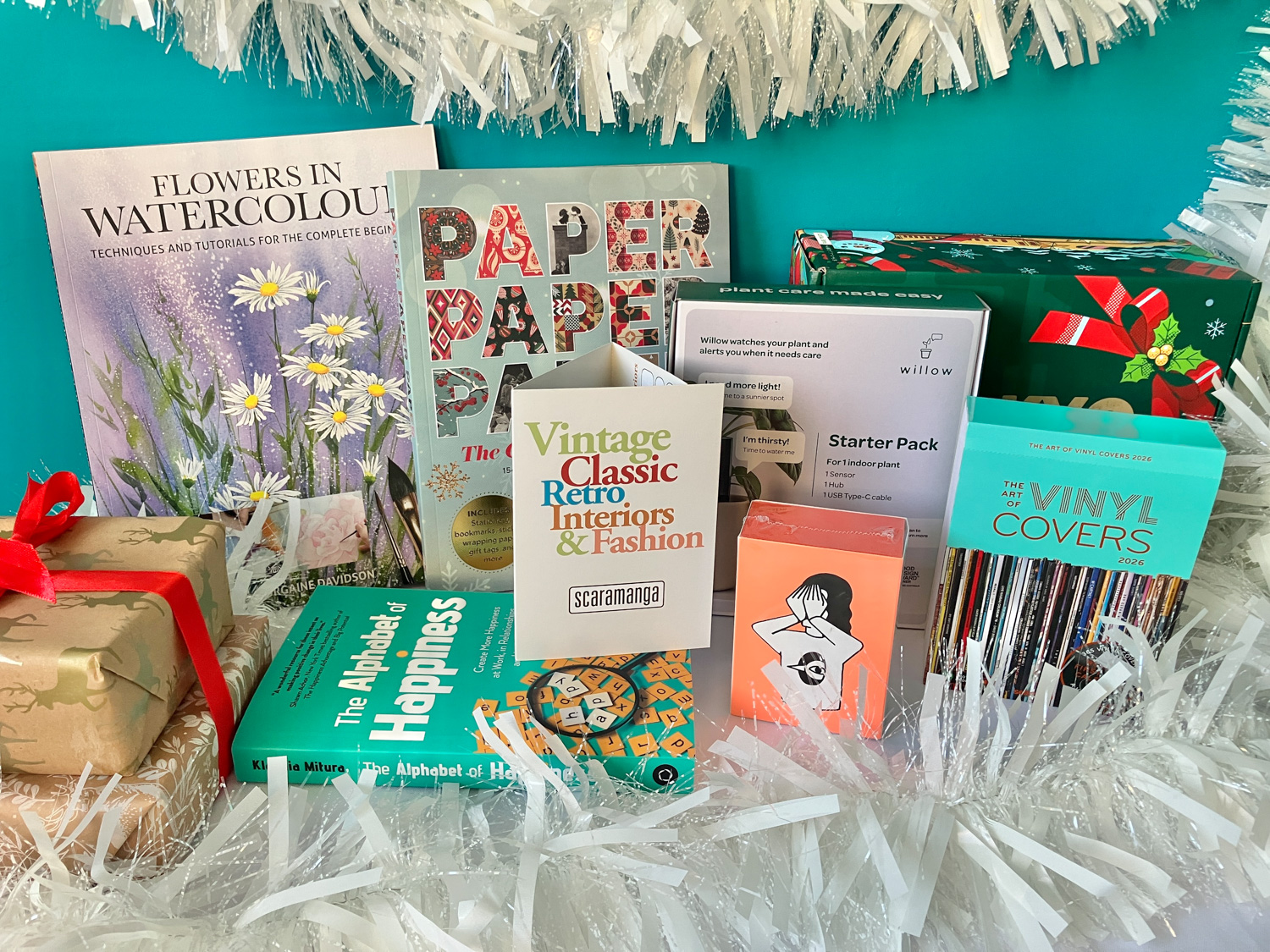

2 responses
Hahaha of course – it was the four cats that swung it – I’m there! 😉
Can you come over to the mini manse and fix up one of my spare rooms? I’ll provide the champagne and snacks…and of course my four cats.